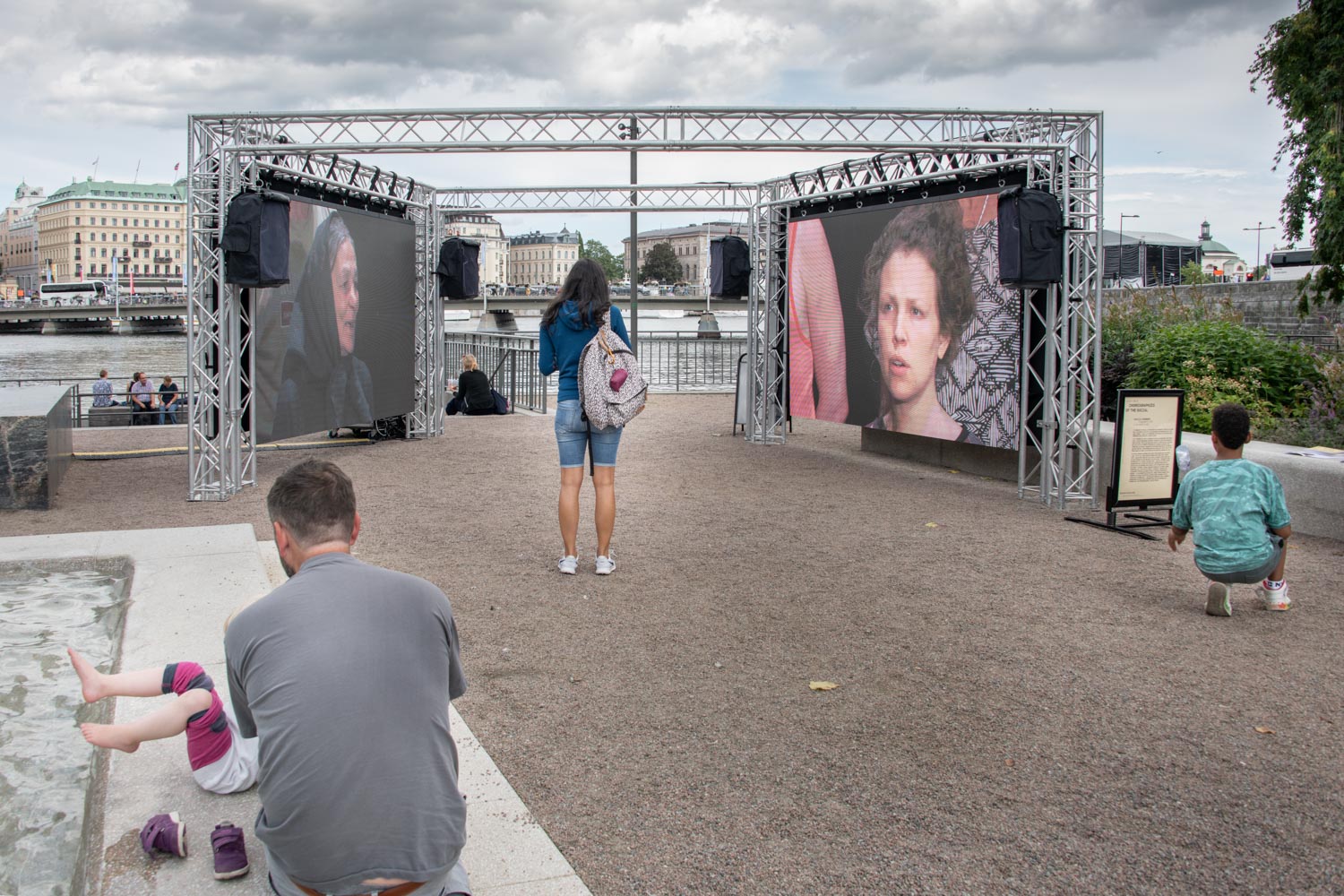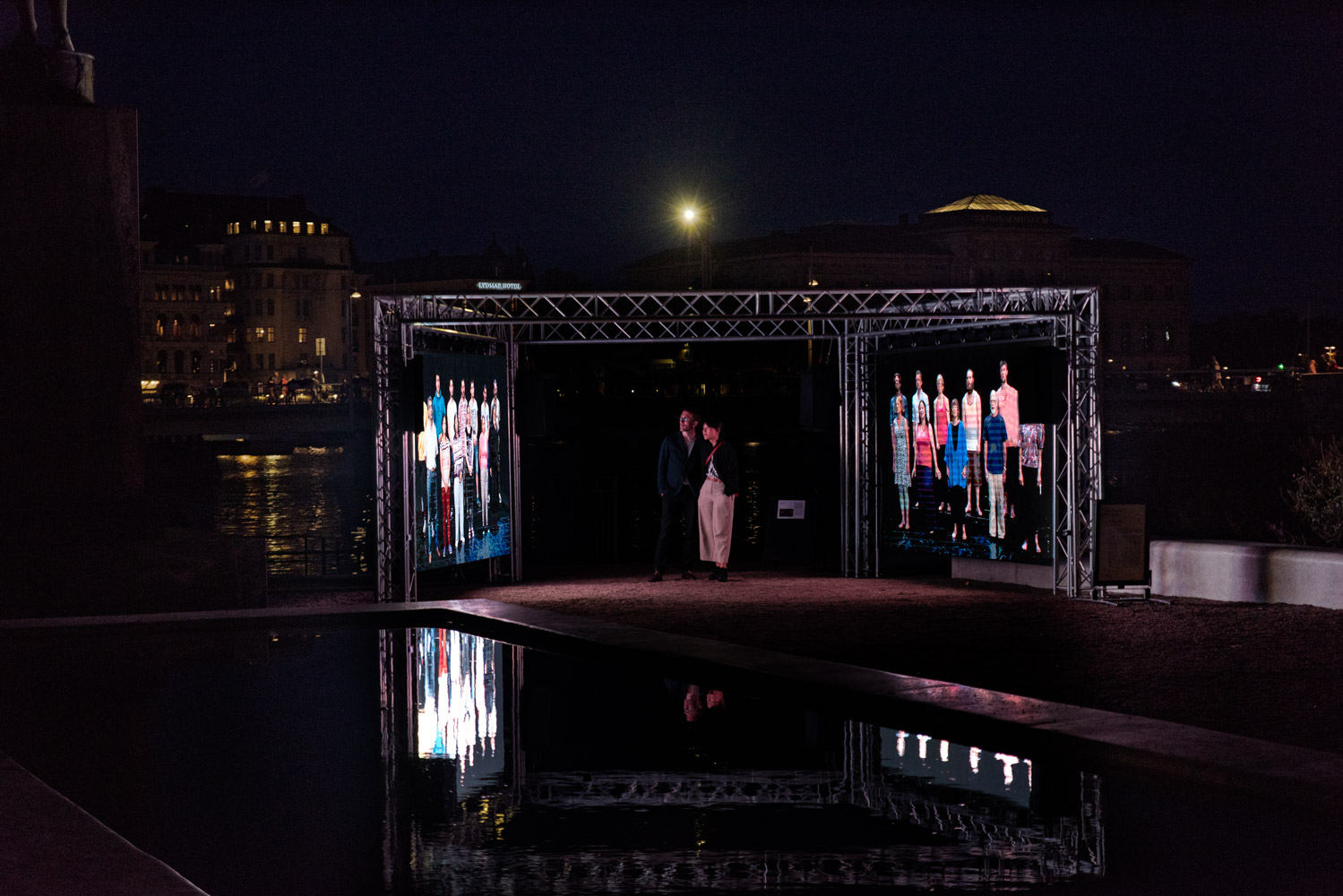The Chorus of Begging is formed by people usually begging in the streets. The Chorus of Giving is formed by people who usually give to people who beg. In the streets the obstacles seems to be both emotional and linguistic.




The Chorus of Begging and The Chorus of Giving departs from real life experience and encounters, both personal – the artist’s own – and collective. The work aims at investigating the social choreographies of precisely those acts, the begging and the giving, and the embodied social relations (or their lack thereof) that are generated. She believes that begging is a call to social interaction, and regardless of whether the giver interacts socially with the begging person on the street, both are implicated in the asymmetrical value system of the European Union.
She believes that begging is a call to social interaction, and regardless of whether the giver interacts socially with the begging person on the street, both are implicated in the asymmetrical value system of the European Union.
It is the arrangement of the choirs in The Chorus of Begging and The Chorus of Giving that indicates the space for social interaction, by disrupting the established positions and by demanding a different course of actions in terms of language, movement and attitude toward each other. In an attempt to highlight and overcome the social barriers that, words and language have failed to break, the choirs sing wordlessly. They use raw voice, bodily movement and facial expression to give shape to emotions and to strive for affinity through wordless communication.
– It’s a social choreography: when the choirs rehearsed and sung together a political form emerged. My hope is to make visible a space for action between the begging and the giving that can be used for continued ethical negotiations and new staged works, says artist Cecilia Parsberg.
Contributors:
The Chorus of Begging: Laurentiu, Catalin, Gabi, Marian, Marin, Aurel, Nikolai, Florino, Augustina, Ana (the older), Ana (the younger), Margareta, Ileana.
The Chorus of Giving: Jon, Erik, Maja, Samuel, Frej, Gunilla, Kia, Leila, Catharina, Håkan, Jennifer.
Production:
Choir directors and sound: Next Stop: Horizon/Jenny Roos and Pär Hagström. Camera B-Chorus: Erik Pauser. Camera G-chorus: Lars Siltberg. Interpreter: Carmen Condruz.
Editing: Kristina Meiton. Sound editing: Pär Hagström. Director and producer: Cecilia Parsberg.
Recorded in the Jacobsson Theatre, Artisten, University of Gothenburg.
On Cecilia Parsberg
Cecilia Parsberg is a Doctor of Philosophy in Fine Arts in Visual Arts, Lund University and Umeå University.
Parsberg’s work is contextually situated, relational, performative, politically informed, and articulates an artistic view on challenges that are also existential, political and aesthetic.
A form of participatory performance is involved in the production process one way or another – and aims to generate images to be presented to an audience. Her projects are for the most part clearly situated in time and space and developed in relation to the public debate. Most of Parsberg’s work are presented as exhibitions in public art spaces and have often included a panel debate with local politicians and activists.
Doctoral dissertation in Fine Arts: How do you become a successful beggar in Sweden? An inquiry into the images of begging and giving in Sweden 2011–2016. The doctoral thesis, consisting of nine text chapters and six staged works, is in Swedish and English.